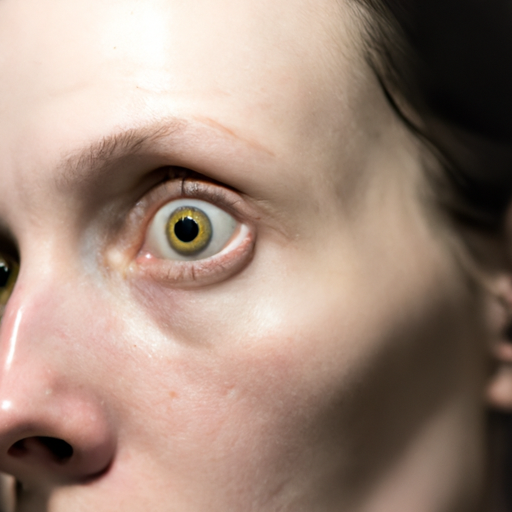As a dermatologist, I have encountered numerous patients who are battling with hyperpigmentation. This skin condition is characterized by dark patches on the skin, which are caused by an excess production of melanin, the pigment responsible for our skin color. Hyperpigmentation can affect anyone, regardless of skin type or color, and can be triggered by various factors such as sun exposure, hormonal changes, inflammation, or injury to the skin. In this article, we will unmask the secrets to healing hyperpigmentation.
Firstly, it’s important to understand that hyperpigmentation is not harmful or a sign of a serious medical condition. However, it can be a cosmetic concern for many people. The key to treating hyperpigmentation lies in understanding its root cause. For instance, if it is due to sun exposure, then protecting your skin from the sun is the first step towards healing.
Sun protection is crucial in managing hyperpigmentation. Ultraviolet (UV) rays from the sun stimulate melanin production, leading to dark spots or patches. Therefore, using a broad-spectrum sunscreen with an SPF of at least 30 every day, even when it’s cloudy, is essential. Wearing protective clothing and seeking shade during the peak sun hours (10 am to 4 pm) can also help prevent further pigmentation.
Topical treatments are another effective way to treat hyperpigmentation. Ingredients like hydroquinone, retinoids, vitamin C, kojic acid, azelaic acid, and niacinamide have been proven to lighten dark spots by inhibiting melanin production. These ingredients are available in various over-the-counter creams, serums, and lotions. However, it’s important to use these products as directed by a dermatologist to avoid potential side effects.
In-office treatments like chemical peels, microdermabrasion, laser therapy, and intense pulsed light (IPL) can also help reduce hyperpigmentation. These treatments work by removing the top layer of the skin or damaging the cells that produce melanin, promoting the growth of new, healthier skin. However, these procedures should only be performed by a qualified professional and may require multiple sessions to achieve the desired results.
While treating hyperpigmentation, patience is key. It can take several weeks or even months to see noticeable improvements. It’s also crucial to maintain a consistent skincare routine and avoid picking or scratching the skin, as this can lead to further pigmentation.
Lastly, a healthy lifestyle can also contribute to better skin. A balanced diet rich in antioxidants, regular exercise, adequate sleep, and stress management can help improve your skin’s overall health and appearance.
In conclusion, healing hyperpigmentation involves a combination of sun protection, topical treatments, professional procedures, and a healthy lifestyle. However, it’s always best to consult with a dermatologist before starting any new skincare regimen or treatment. Remember, everyone’s skin is unique, and what works for one person may not work for another. With the right approach and patience, you can effectively manage and heal hyperpigmentation.



